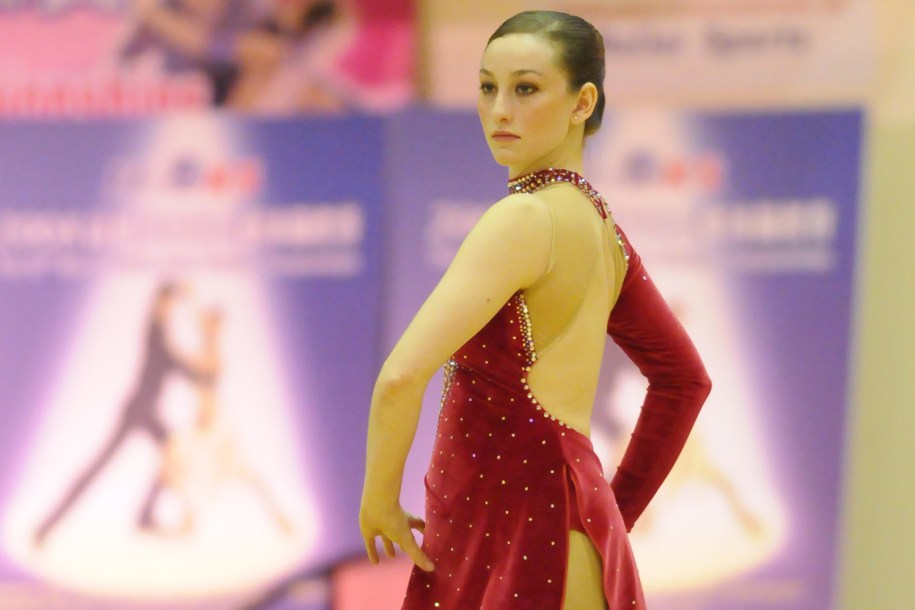Roller Sports – Figure Skating
Sport Overview
Just as ice skating has its origins in the Netherlands, so too does roller skating, dating back to the 17th century when wooden wheels were attached to shoes for skating on land once the canals had thawed. A Belgian, John Joseph Merlin, patented the first roller skate featuring metal wheels in 1760.
Roller figure skaters compete in traditional four-wheel skates aligned in pairs at the toe and heel. Just as in ice figure skating, competitors are judged on choreographed routines set to music that incorporate jumps, spins, footwork and other dance-like elements.
Having held world championships since 1947, roller figure skating made its Pan American Games debut in 1979. After an absence in 1983, it has been on the program of every Games since then.
Like its winter counterpart, roller figure skating includes a short program and a free program. The short program, worth 25% of the final score, is two minutes 15 seconds long. The free program, worth 75% of the final score, is four minutes long.
The short program contains required elements that must be performed by each skater. There are no required elements for the free program, but skaters must perform a balanced mix of jumps, spins and footwork.
Each program is given two sets of marks, one for technical merit and one for artistic impression. In scoring the technical merit, the judges look for speed, height and difficulty in jumps; control, velocity and variety of positions in spins; and originality and confidence in the footwork that connects the program together. In scoring artistic impression, the judges consider the composition of the program as a whole as well as the expression of and movement to the music.
Roller figure skating is judged by a panel of five to nine judges who score each routine out of a maximum 10 points. The total score for each skater from each judge is ranked and ordinals assigned. The highest-ranked skater by a judge is awarded an ordinal of 1, the second-highest an ordinal of 2, and so on. The ordinals from all judges are tabulated according to international rules to determine the placement of each athlete.











